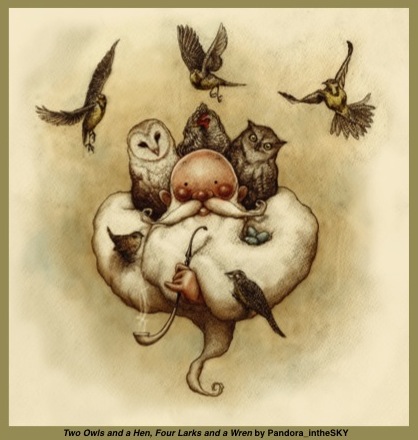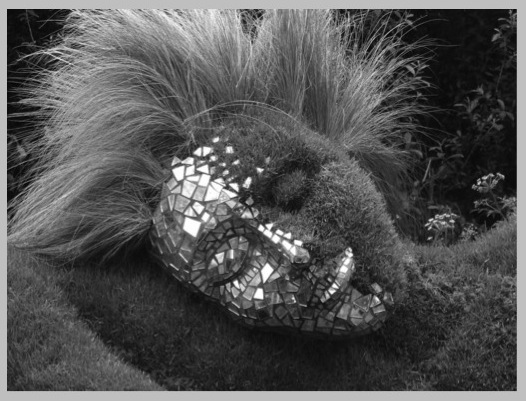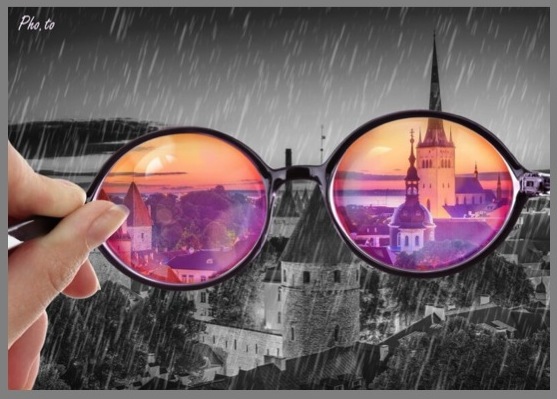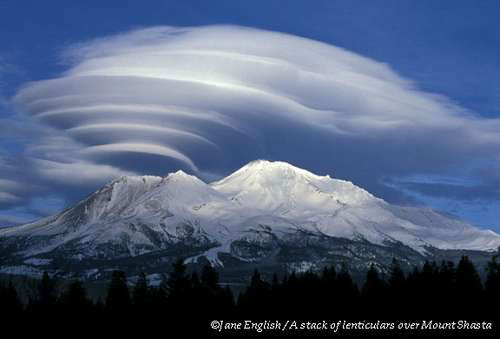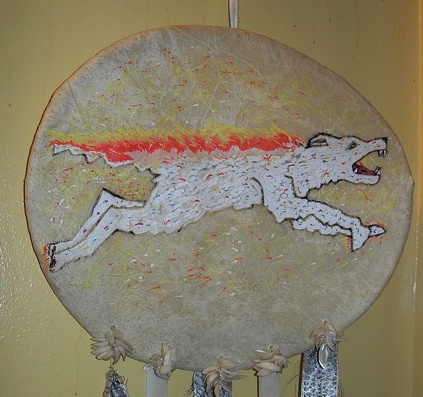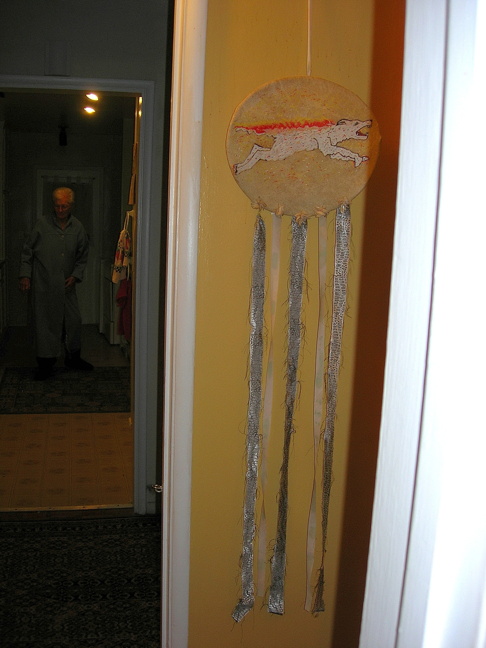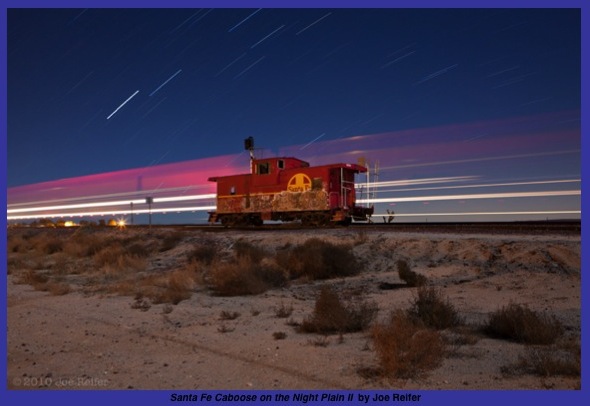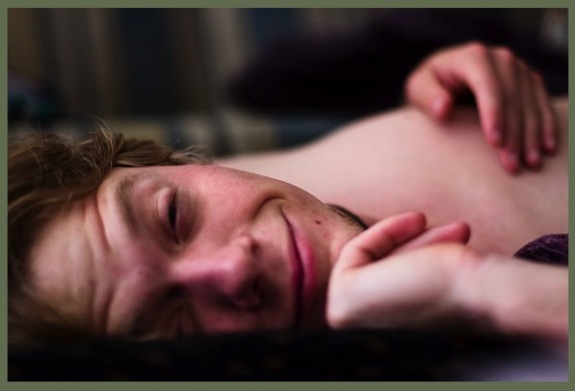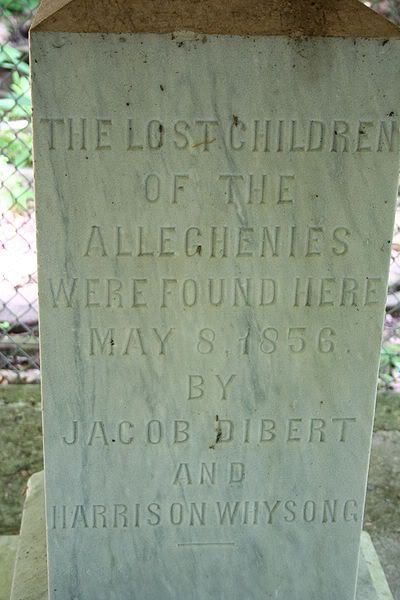Warning: I’ve been asked by a friend to post an advisory that you might not want to read this just before bedtime.
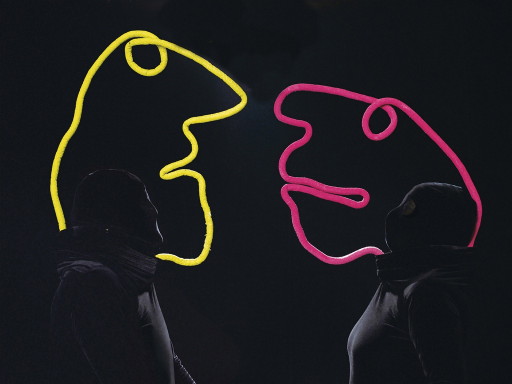 Mummenschanz.
Mummenschanz.
A murky borderland exists between folklore, the weird, active imagination, and illness. Many people encounter it when they’re most vulnerable: while sleeping. Or more precisely, when they are just falling asleep or just waking. They feel completely awake and conscious, roused from their drowsiness by some sense of presence and menace. Everything has the crisp edge of consciousness, a hyper-real sense of awareness. Strange occurrences are frequent in this borderland, with scary hags and demons, or aliens, or shadow people populating the bedroom and radiating hostility. At times the monsters are more exotic. Other times, it’s just a feeling of being frozen, unable even to cry out, as something sinister hovers over the bed. As WebMD puts it:
Almost every culture throughout history has had stories of shadowy evil creatures that terrify helpless humans at night. People have long sought explanations for this mysterious sleep-time paralysis and the accompanying feelings of terror.
Science has labeled this phenomena “sleep paralysis syndrome,” and I can attest to the terror of it. Many years ago I went through a phase that lasted over a year. Some people have only one or two incidents in their lifetime, some go through a specific period like I did, others are tormented by it for years, perhaps most of their life.
My roommates and I were living in a “haunted” apartment and we all had odd experiences there, but I was the first to enter the strange borderland and suffered the most intense effects. I’ve often wondered since if I started a psychic contagion, influencing them into weird dreams and the hearing of odd sounds: people in the front room moving furniture around or walking across the hardwood floors of our duplex…even when we knew the people upstairs were out of town and couldn’t be the source of the noise. Sometimes we heard the front door open and close with a solid thunk, but when we rushed into the living room, it was bolted tight, the furniture was where it had been when we went to bed, no one else was in the apartment.
I would often wake up sensing a dark cloud hovering over my bed, something evil reaching tentacles out for me while I lay frozen, panicking. I knew that if I could just get myself to move, just reach out to turn on the light, the menace would disappear, but I couldn’t move, couldn’t even blink, only send up fervent prayers for movement and light. Then, all of a sudden like a bubble bursting, I could move, lunged for the light, shot out of bed, panting with terror.
I can’t emphasize enough how real all of this felt.
A few times I caught a glimpse of a figure I’ve labeled (long after the fact, when I feel safer) the “shadow wench.” She was a shapely woman dressed in a black body stocking that went completely over face and head, every speck of “flesh” covered, giving her a Mummenschanz appearance (only without the comic masks). I could see no eyes, and she was the blackest black I’ve ever seen—no light escaping her, all light absorbed into her. She used to sit in a chair beside my bed. Except there was no chair beside my bed. Unlike the amorphous hovering cloud, I got no sinister sense from her. More like a deep puzzlement and curiosity about me, perhaps a slight sense of alien judgment, as if she examined a specimen. As soon as I moved and turned on the light, she disappeared like all the other phenomena.
Eventually, we moved out of that apartment and went our separate ways. My roommates experienced no more weird things, and I had only one more incidence of sleep paralysis in my new place. Many months later, I was diagnosed with thyroid cancer. The doctor said it had probably been responsible for the emotional rollercoaster I’d been on for the previous couple of years—sweeping swings of emotion that came out of nowhere and bore no relation to the events of my life. Oh, and had I been having odd dreams?
To say the least.
Once the cancerous gland was removed and I was on a stable dose of thyroid hormone, all of that disappeared. I have been cancer-free for many years, and thankfully, sleep paralysis free. The thing is, I never felt sleep paralysis syndrome an adequate explanation for all incursions of the weird in the dark of night. Perhaps the majority of these experiences can be attributed to it, especially where beds or comfy chairs are involved, but sometimes weird invasions occur when they can be corroborated by others. People aren’t always in bed. Sometimes they are in their cars, or reading a book, or sitting around a campfire when the strangeness comes creeping in and about them.
And why did my experiences, and those of my roommates, stop as soon as we left that apartment? Why didn’t they continue in the months before I received treatment for my thyroid cancer? I had very intense, weird dreams after that, but only that one incident at the new place of waking up with something creepy in the room. One last farewell appearance before the carny of odd went permanently on the road. I’m sure there’s a scientific explanation, but I do wonder, and always will. Certainly, I have not stopped having uncanny experiences, but my sleep remains untroubled. Thank the gods.

